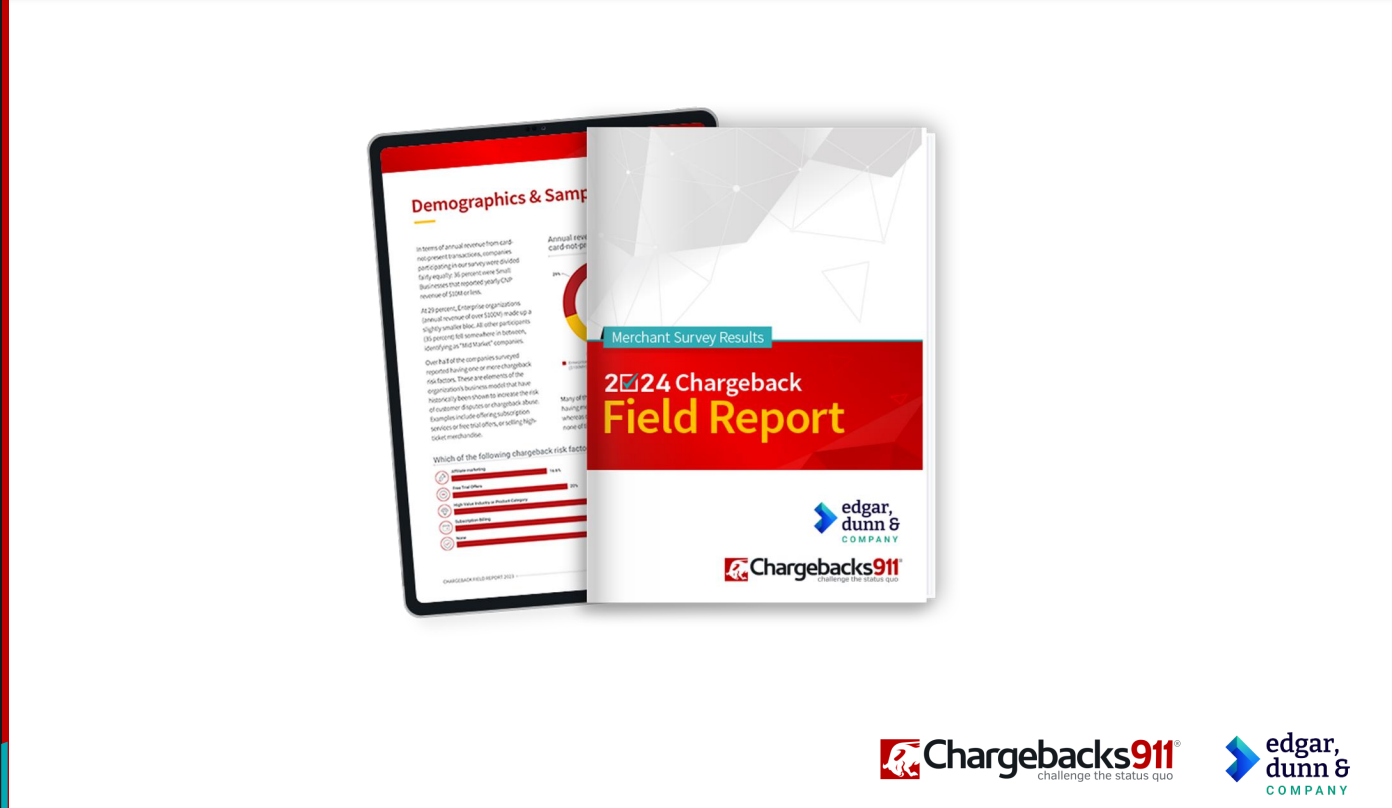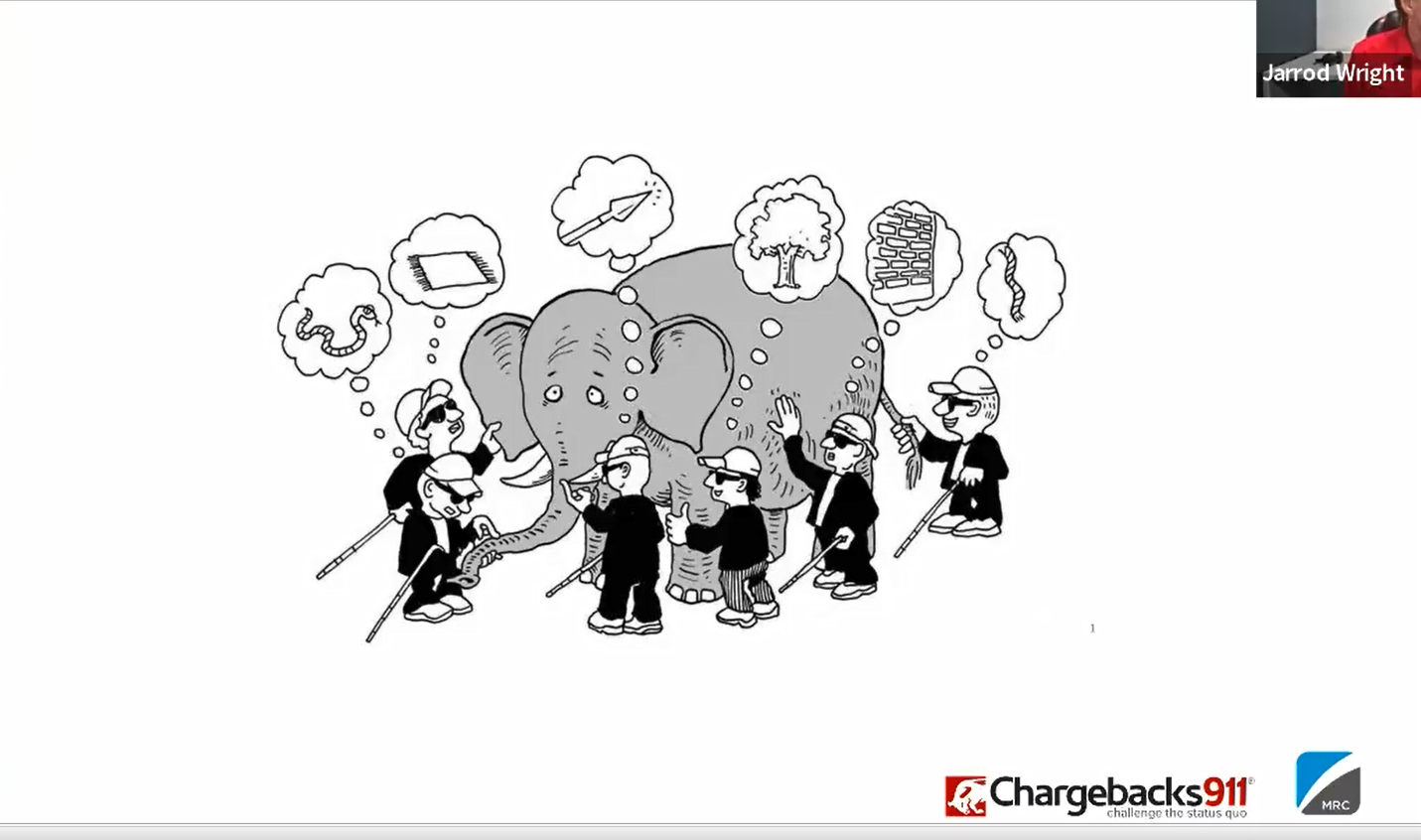Building a Post-Purchase Experience To Eliminate Chargeback Disputes
By Roenen Ben-Ami, Chief Risk Officer, Justt
Most businesses consider a transaction to be over once a customer lands on their “thank you for your purchase” page.
The post-purchase experience is a critical phase in the customer journey, often overlooked by businesses. It's the period after a customer has made a purchase, and it includes everything from delivery updates to customer support. By enhancing this experience, businesses can not only increase customer satisfaction but also minimize the chances of chargebacks.
Understanding Chargebacks
A chargeback dispute arises when a customer challenges a charge on their credit or debit card statement. This can occur due to fraudulent transactions, duplicate charges, or in this case, dissatisfaction with a product or service.
The Role of Post-Purchase Experiences in Chargeback Disputes
The post-purchase experience refers to all interactions between a business and its customers after a purchase has been made. This includes everything from delivery updates and customer support to returns and refunds.
Poor post-purchase experiences often lead to chargeback disputes. For instance, if a customer does not receive their product or receives a product that does not match the description, they may initiate a chargeback. Similarly, if a merchant accidentally charges a customer twice or if there are technical issues leading to incorrect charges, a chargeback dispute may arise.
A positive post-purchase experience can enhance customer satisfaction, encourage repeat business, and reduce the likelihood of chargebacks. On the other hand, a negative post-purchase experience can lead to customer dissatisfaction, loss of business, and an increased likelihood of chargebacks.
What are the essentials of a good post-purchase experience?
Effective Communication
Keeping customers informed about their order status, delivery updates, and any potential issues is crucial. This can be done through email notifications, SMS updates, or in-app messages.
Initiating one of these transactional messages immediately after a purchase is made is best practice for merchants who want to keep their customers impressed at their ability to deliver and informed about their order.
Responsive Support
Quick and efficient customer or product support can resolve any issues or concerns a customer may have, preventing them from resorting to chargebacks.
Live chat bots are AI-powered tools which can be used to interact with customers in real-time, answering their queries and providing support. In the post-purchase phase, these bots can assist with order tracking, product setup, troubleshooting, and more. By offering immediate assistance, they help mitigate customer frustrations and prevent potential chargeback disputes.
Easy Returns and Refunds
A clear and straightforward returns and refunds policy can greatly reduce the chances of a customer initiating a chargeback.
A seamless return and refund process can make or break a customer's post-purchase experience. It's a direct reflection of a business's commitment to customer satisfaction. When customers know they can easily return a product and get their money back if they're not satisfied, they're more likely to make a purchase in the first place.
Request for Feedback
Asking for feedback not only makes customers feel valued but also helps businesses identify areas for improvement.
Feedback can be a goldmine of insights that can help businesses improve their products, services, and overall customer experience. In the post-purchase phase, feedback can shed light on what worked well and what didn't, providing businesses with valuable information to enhance their processes.
Try asking for feedback through an email, form or as a free option, through social media platforms where you can post polls, ask questions or simply monitor comments and feedback for customer opinions.
Final Thoughts
Post-purchase experiences can no longer be an afterthought but a critical component of the customer journey.
It's a powerful tool that businesses can leverage to enhance customer satisfaction, foster loyalty, and importantly, minimize chargeback disputes.
Effective communication, responsive support, easy returns and refunds, and proactive requests for feedback are the cornerstones of a positive post-purchase experience. By implementing these strategies, businesses can not only prevent chargebacks but also turn one-time customers into repeat buyers and brand advocates.
Remember that the post-purchase experience is not a one-size-fits-all approach. It requires continuous monitoring, evaluation, and improvement based on customer feedback and changing market trends.
For more on understanding the habits and trends between regional markets we’ve released our 2023 report on Understanding Consumer Attitudes Towards Chargebacks







